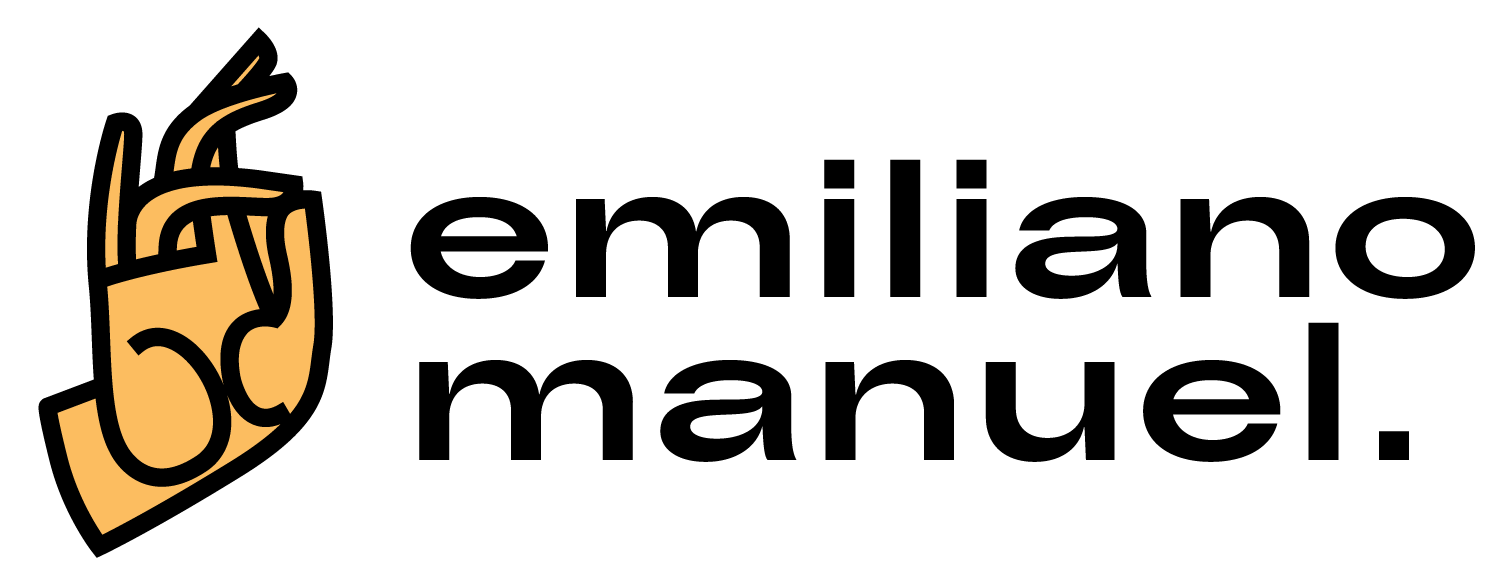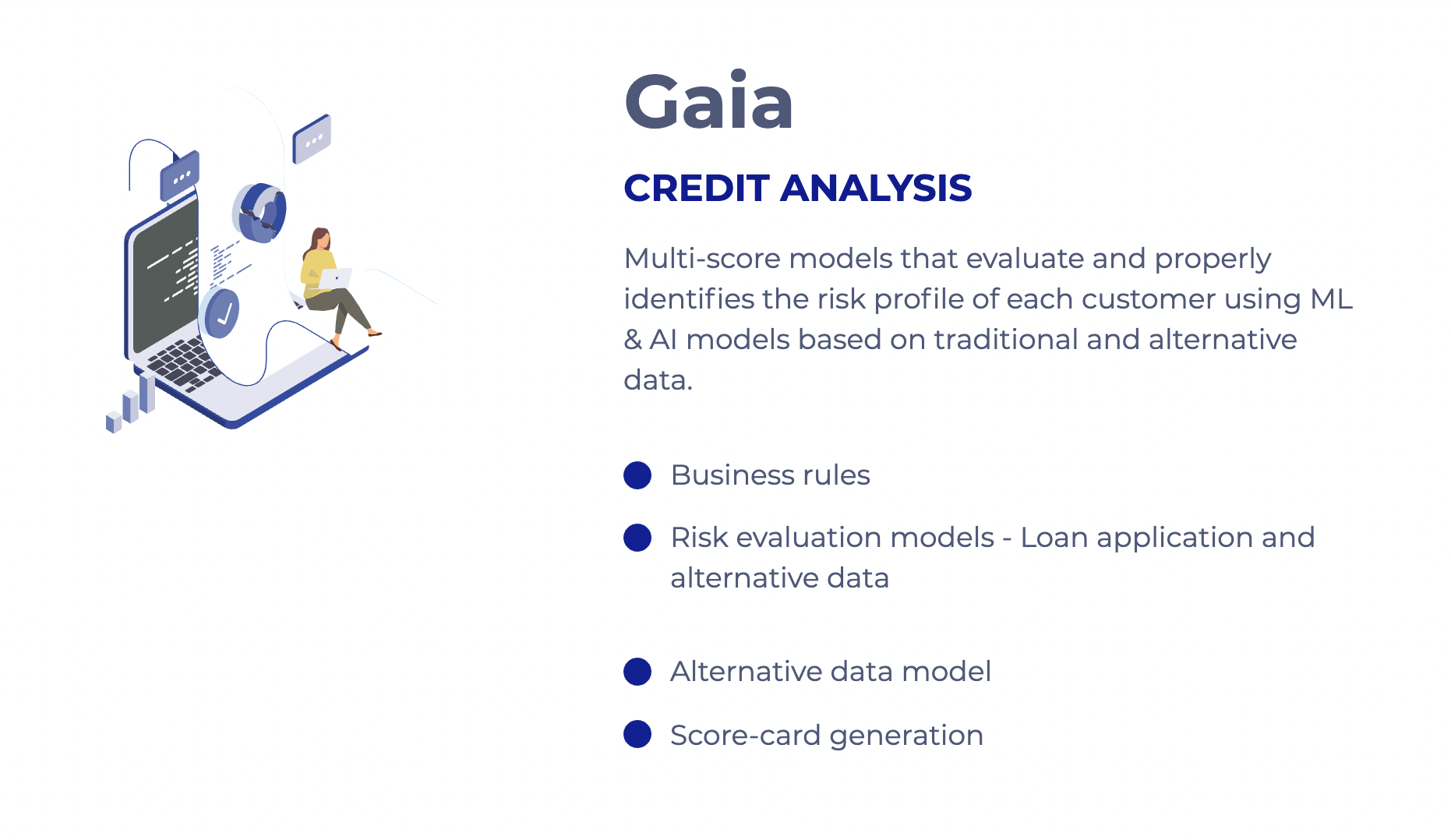2021 — Present
transform the lending experience into a joy
A lending as a service platform that digitalizes and optimizes the process of loans, transforming the credit operations of the biggest and the smallest. — go to Bowpi’s site
Project Type
Launched — Product Design, Research UX & Visual Design
Company — Client
By: Bowpi Inhouse Team & EÑE — For: Aceleradora de Negocios
Overview
Today in traditional banks, the average “time to decision” for small business and corporate lending is between three and five weeks. The average “time to cash” is nearly three months. In our view, these times will soon seem as antiquated and unacceptable as the three weeks it once took to cross the Atlantic. Leading banks have embraced the digital-lending revolution, bringing “time to yes” down to five minutes, and time to cash to less than 24 hours. But that is not the case of most of the financial institutions in Guatemala, which are
still stagnated in a state of obsolete permanence. So a white label service that replaces the current systems with digital interfaces provides value to all stages of a lending operation, through models that enable the lender to choose the right people to grant credits to. This also empowers all kinds of users to conduct their work in the most efficient & delightful manner. Therefore if these systems prove to be a success for some institutions, others will follow, and it may not be long before we see a completely digitalized lending operation.
Role
UX / UI Design | Visual Design
User testing & research, wireframing & flows, visual design, and prototyping, content marketing strategy.
Team
4 supervisors and 23 teammates
Team of 2 economists, 12 engineers, 8 data scientists, and 1 UX designer
¿So what was the problem?
Today in traditional banks, the average “time to decision” for small business and corporate lending is between three and five weeks. The average “time to cash” is nearly three months. In our view, these times will soon seem as antiquated and unacceptable as the three weeks it once took to cross the Atlantic. Leading banks have embraced the digital-lending revolution, bringing “time to yes” down to five minutes, and time to cash to less than 24 hours. But that is not the case for most of the financial institutions in Guatemala, which are still stagnated in a state of obsolete permanence.
THE LENDING PROCESS IS A SCARY EXPERIENCE
And what about the user’s needs?
“While most banks are digitizing parts of their business and operations, many are dissatisfied with progress, especially in credit. A few familiar frustrations include legacy IT systems; a general lack of trust in automated decision making; insufficient cooperation between businesses and risk, IT, and operations functions; limited data access; and scarce digital talent. Moreover, there is no single “owner” of the credit process with the discretion to drive change at scale. A number of stakeholders need to align and remain constantly aligned over a prolonged period (two to three years in banks that have executed ambitious programs successfully).
These barriers have caused more than one bank to delay or sidetrack digitization efforts. Programs launched with great executive attention and focus lose momentum as the initial excitement of chief risk and lending officers evaporate. Investments needed to sustain programs are partly or wholly withheld. Incremental changes are sometimes substituted for planned end-to-end transformations.”
— McKinsey (2018)
Poor UX, loads of paperwork, lack of information and absent customer support are the norm for the lending process in most of Guatemala.
Anymore obstacles? Oh yeah
Working for a financial technology company adds the additional challenge of having to design these products considering the compliance requirements and transparency needed to help our end users make the best decisions. The challenge was clear and present, designing a world class modular credit platform was a large task that was going to require the most innovative ideas and expertise of our team.
The Solution!
A robust system of intelligent models that enable the lender to precisely choose the right people to grant credits to and applying user research to build those models into products that have their user at the center and empower all kinds of users to conduct their work in the most efficient and delightful manner.
Introducing a User Experience design pipeline into an existing product is a challenging prospect for any company wanting to dramatically improve the performance of a product with its users. BOWPI’s main priority is providing value to all stages of a lending operation’s value chain.
Basic
Modules
Pre-qualification
Origination
Know your customer (KYC)
Electronic file
Connection to third parties
Credit analysis
Business intelligence
Reporting
User management
Business rule administration
The design process
Discovery & Planning
Research & Strategy
Conceptual Design
Detailed Design
“understanding the Lending as a Service market space was the key first step towards designing meaningful experiences.”
After conducting a benchmarking process analyzing the best practices implemented by leading companies, we designed requirements for the desired functionality in these distinct modules that comprise our solution. We iterated starting by using information architecture principles to classify the information we require from our end users into screen layouts that were validated by implementing a Card Sorting methodology on a panel of users that represented the breadth of clients for BOWPI.
The Design System
What we learned!
Removing unnecessary features by validating with business interests.
Sketching is extremely valuable.
Involving the rest of the team at the earliest steps.
Standardizing requirements at first to avoid back and forth.
Wire-framing more modules before making components.
Achievements
3 new clients have started using Cosmos, 2 renewed contracts with new products.
Contracts worth over $650,000.
Lumina has reduced processing time in contact center by 3min per document, 15% improvement.
Began design culture at BOWPI, involving development, business and leadership into process.
Time to development with less than a month of impact, during the lockdown.
2 other design teams in progress as design is now deemed necessary.


































